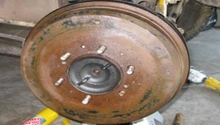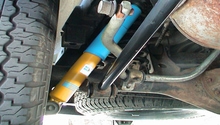Toyota 4Runner 1984-1995: Why is My Windshield Washer Malfunctioning?
Here you will read about windshield washer system problems and solutions.
This article applies to the Toyota 4Runner (1984-1995).
There is nothing quite so frustrating as attempting to clean your dirty windshield and nothing comes out of the nozzles; except, maybe, when fluid comes out but only on the passenger side. Let's take a look at some of the malfunctions you might be experiencing with your washer system, and what to do about them.

Materials Needed
- Windshield washer fluid
- Straight pin (and vise grips, if necessary)
- Standard hand tools
Step 1 – Check the fluid reservoir
It might have run dry! If the tank is empty, fill it up. If the tank emptied faster than you feel it should have, you may want to remove the reservoir and inspect it for cracks/leaks. If it's damaged, repair or replace it (see link at the end of this article).
Was your reservoir full and undamaged? Go to Step 2.
Step 2 – Check the washer nozzles
They might be clogged. Using a straight pin (clamped in vise grips if you find the pin hard to hold onto), pierce the hole(s) in each nozzle a few times to break up any sediment. Test the washer. If they work, you've solved the problem. If a weak spray is produced, try prodding the holes a few more times.
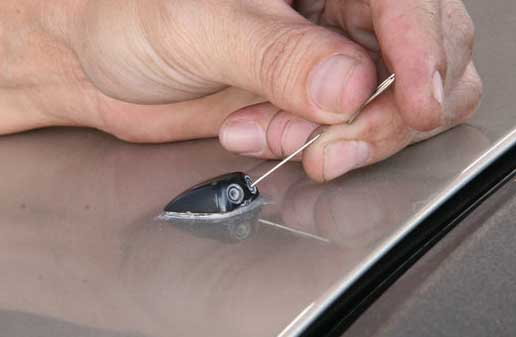
Pro Tip
You can also use the straight pin to aim the nozzles. If your fluid sprays over the top of the car, or off to one side, just insert the needle into the holes and adjust them. Check the operation after each adjustment to make sure you're getting it on target!
If there's still no fluid coming out, go to Step 3.
Step 3 – Check the washer fluid line
It could be clogged or kinked. Locate the line and follow along its length checking for clogs, kinks, holes or other damage. If it is clogged, you can remove and flush it, but it is a very inexpensive part, so you may just want to replace it. If it is damaged in any way, replace it. Test the system.

If the hose looks good, go to Step 4.
Step 4 – Check the fuses and electrical connections
You could have a blown fuse or damaged connector.
Locate the fuse using your owner's manual or the chart on your fuse block (underhood or footwell) and inspect it. If it is blown, replace it.
Check the electrical connections at the washer reservoir/pump. Look for corrosion or looseness. Clean any corrosion, or replace the connectors. Tighten any fasteners.
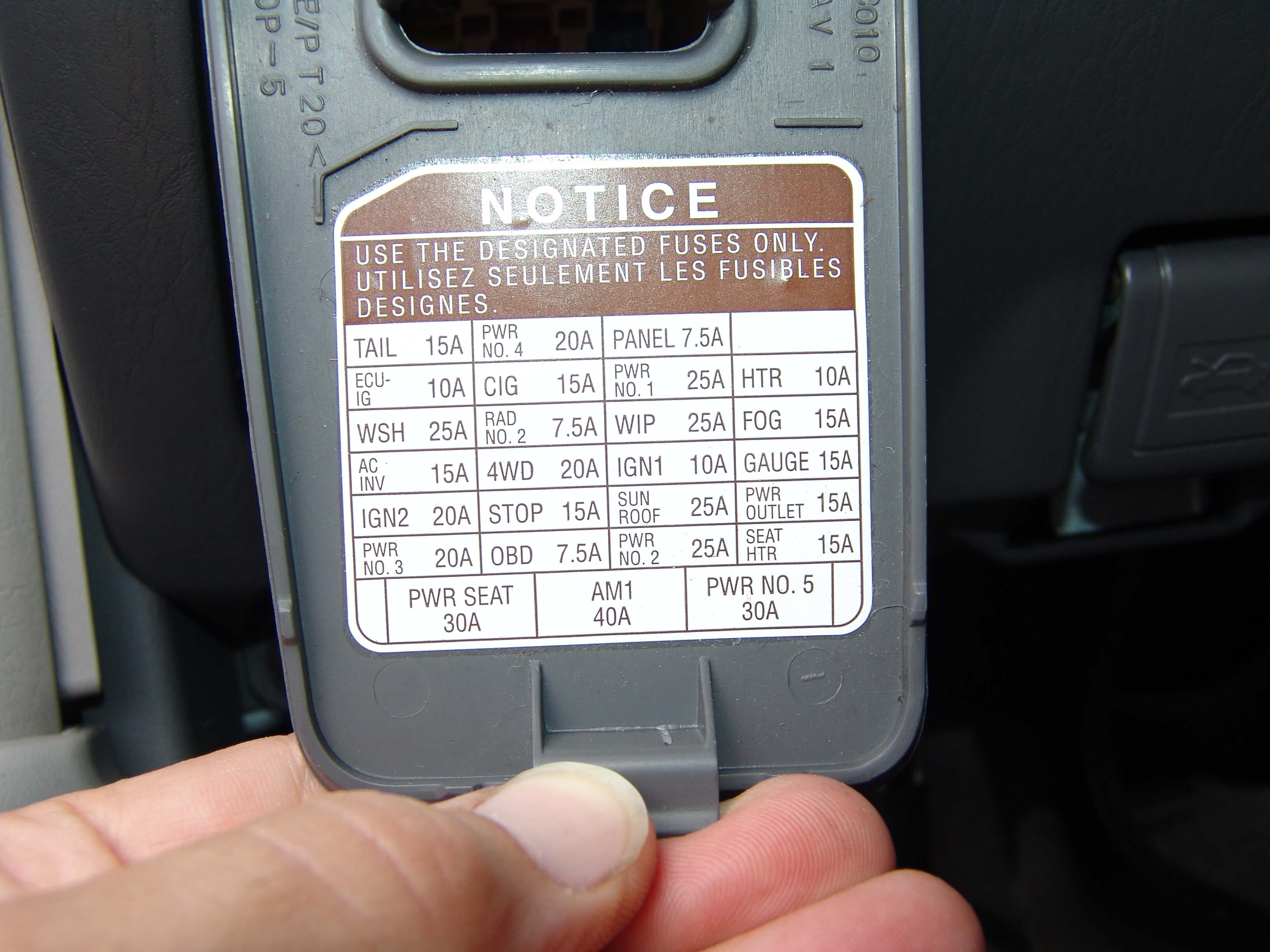
If the fuses and connectors are good, go to Step 5.
Step 5 – Check the washer fluid pump
If your reservoir is full, your nozzles are clear, and your lines are good, then it's probably a malfunctioning fluid pump. The pump is usually located on the side of the reservoir, and can be removed by simply pulling it from the reservoir. Be sure to replace the rubber washer on installation of the new pump.
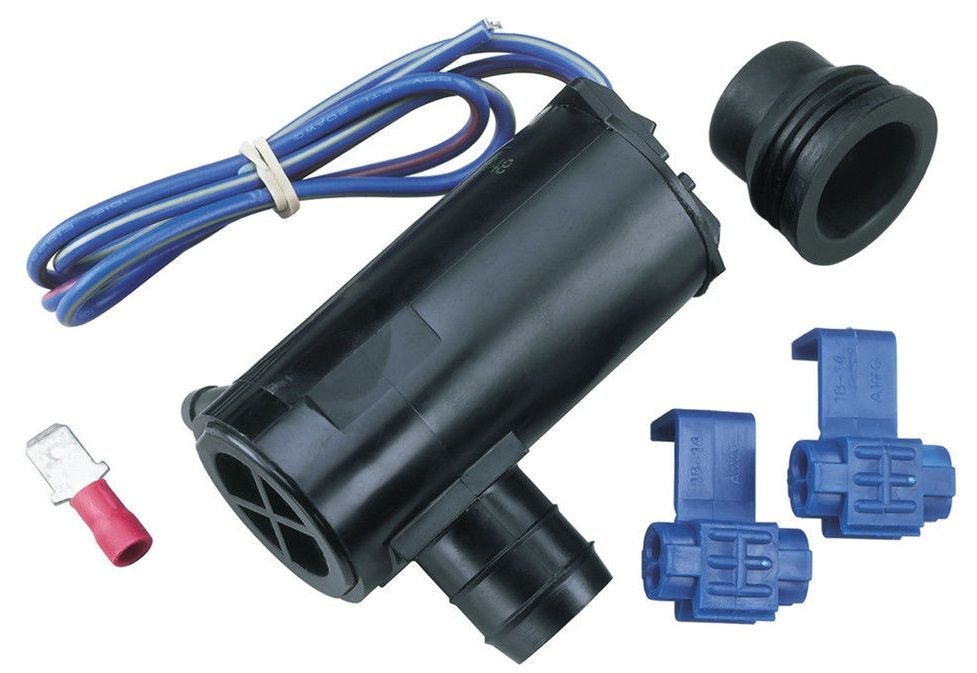
If you've done everything in Steps 1 through 5, and your washer system is still not working, it might be time for a professional diagnosis.
Featured Video: Windshield Washer Hose
Related Discussion and Site
- Washer Not Working - YotaTech.com
- Fix a Cracked Fluid Reservoir - PopularMechanics.com

